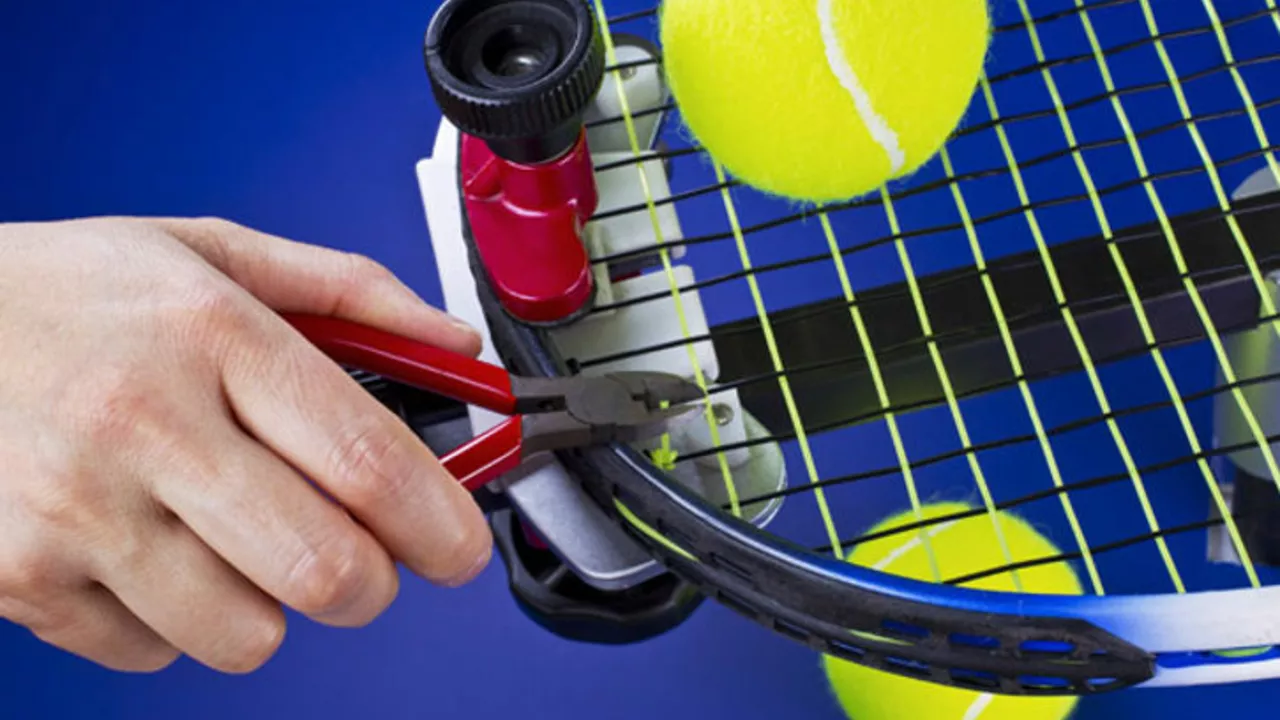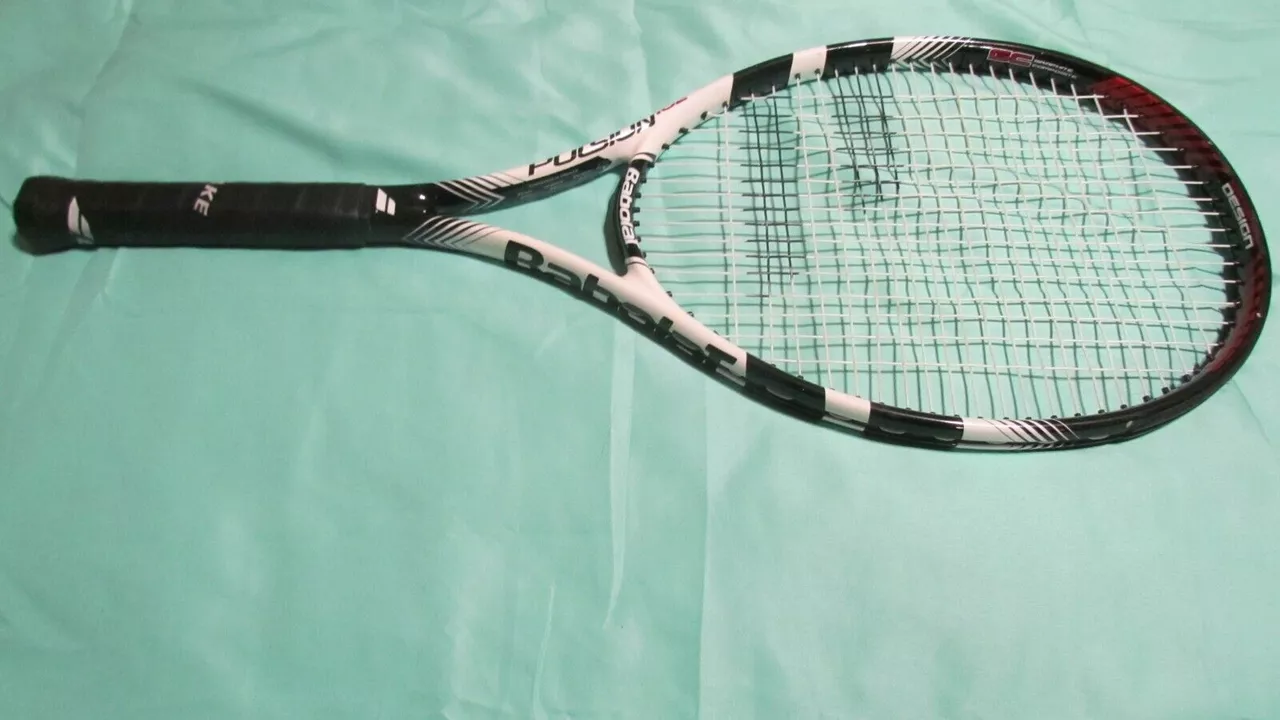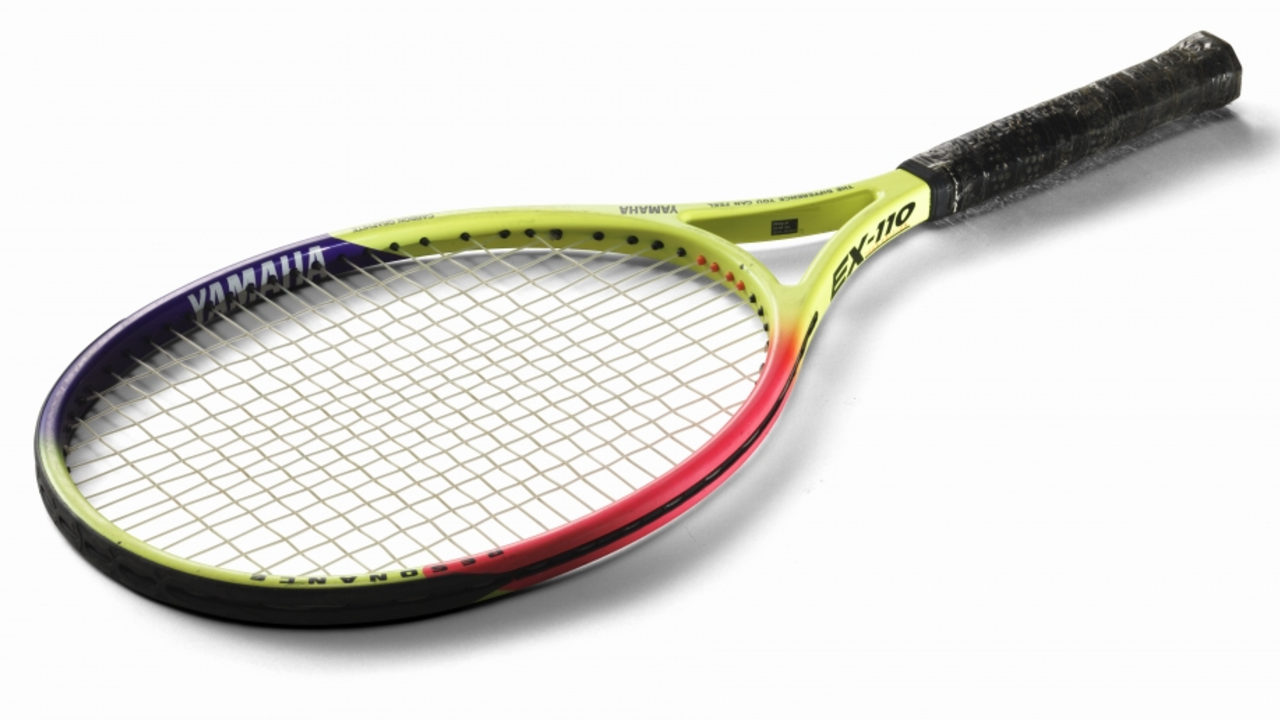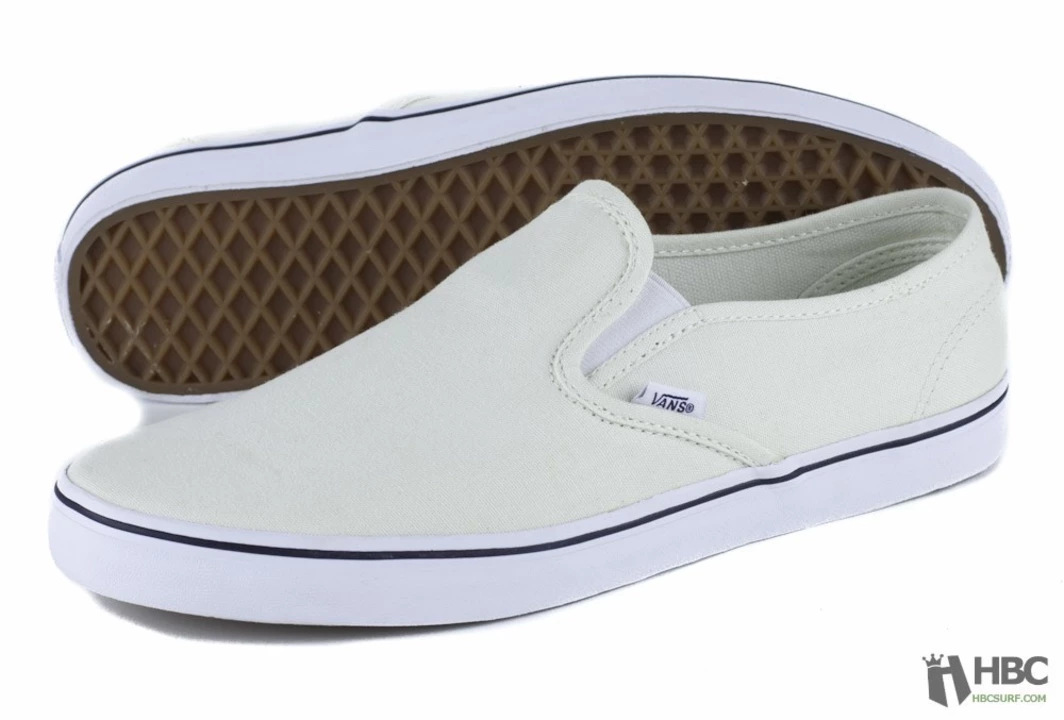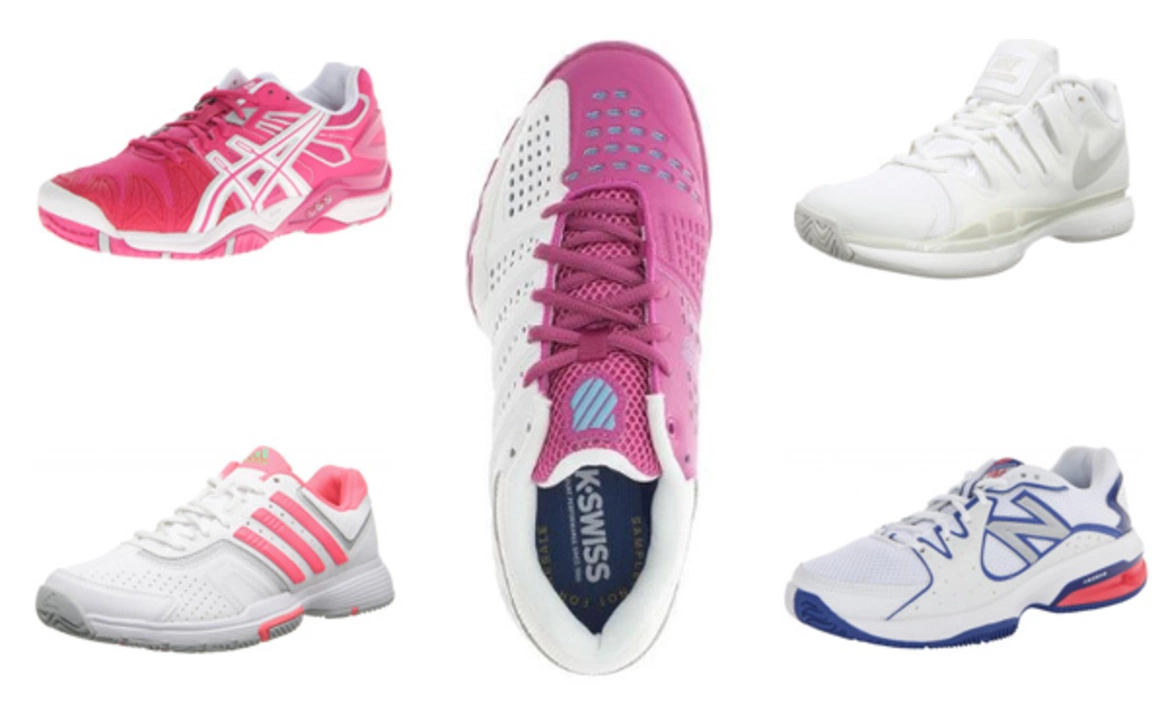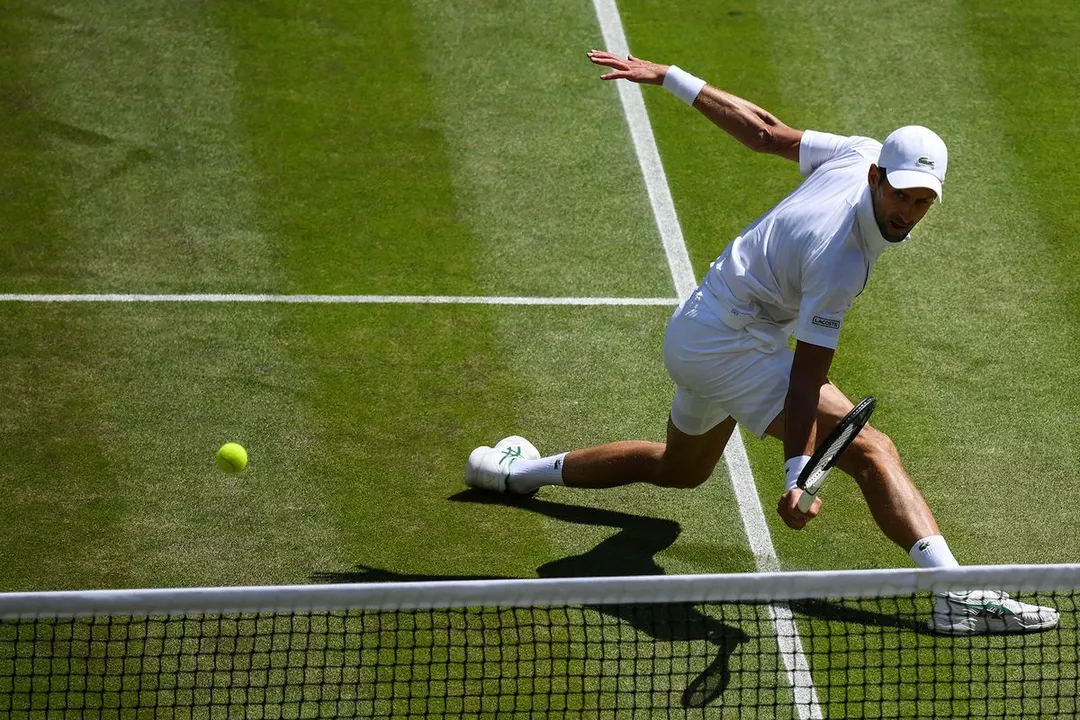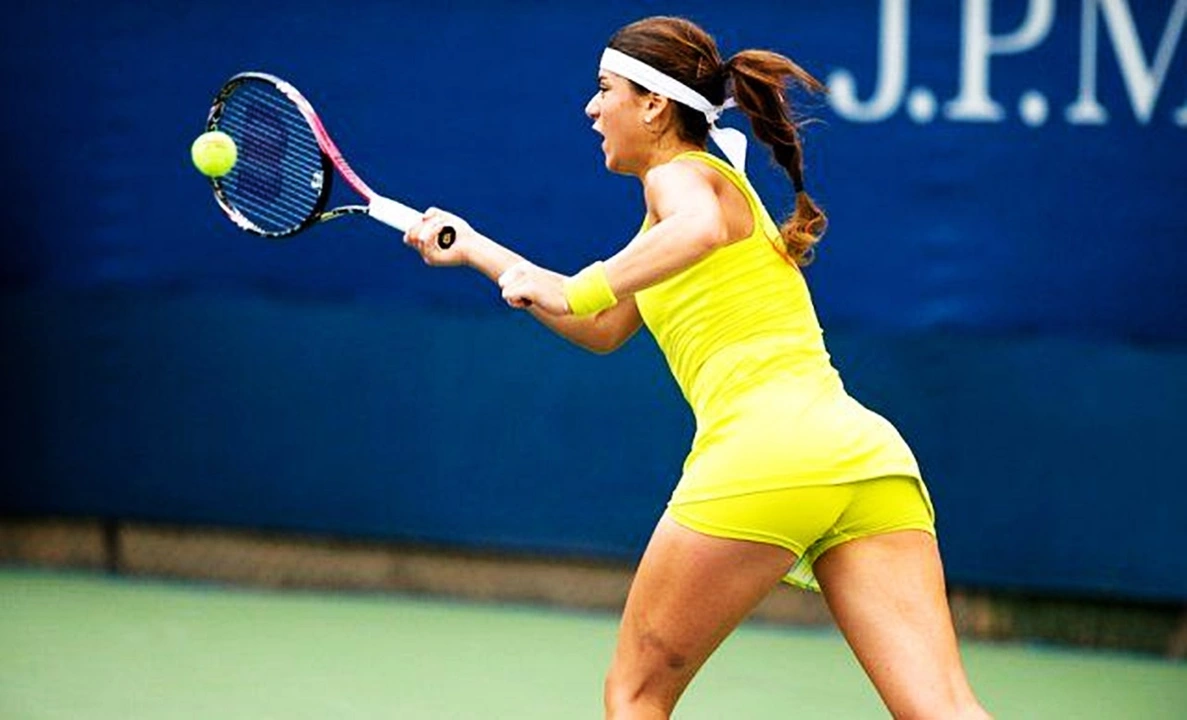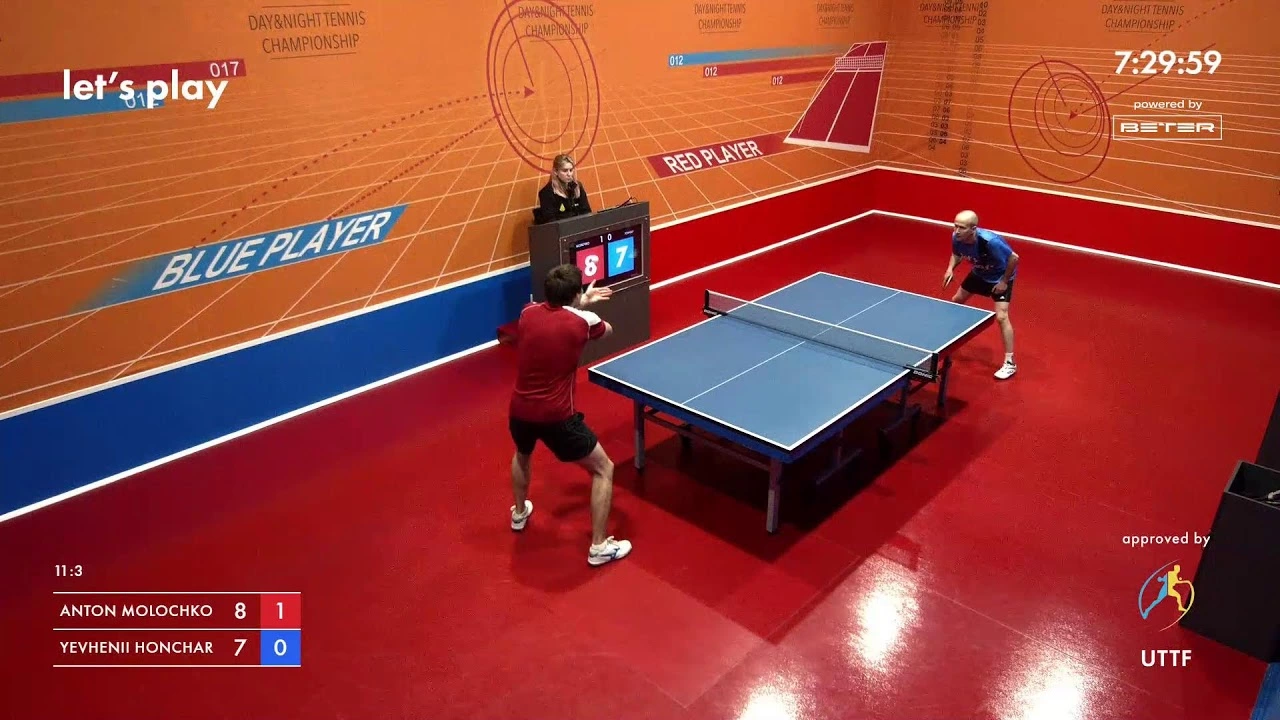Ingatestone Tennis Club - Page 2
Who strings tennis rackets?
Well folks, here's a fun fact I bet you never pondered - who's the maestro behind those tightly strung tennis rackets? It's not the tennis stars, they're too busy smashing balls! It's the unsung heroes, the professional stringers, who weave their magic on those rackets. Some even say that they're the secret weapon behind every successful serve. So next time you see a tennis match, remember to cheer for the stringers too, they're pulling more than just strings!
Do you ever wear tennis shoes without socks?
In my recent blog post, I discuss the practice of wearing tennis shoes without socks. I delve into the reasoning behind why some people prefer to go sockless and the potential implications for foot health. I also touch on the different shoe materials and designs that may favor this habit. Additionally, I consider the role of personal comfort and style preferences in making this footwear choice. Finally, I share some tips for those who prefer wearing their tennis shoes without socks to minimize any possible downsides.
Is two-piece stringing bad for your tennis racquet?
After delving into the topic, I found that two-piece stringing is not necessarily bad for your tennis racquet. It turns out, players often choose this method to reduce tension loss and to prolong the life of the strings. While one-piece stringing might offer a more uniform feel, it's not always the best choice for all racquets and play styles. So, it all boils down to personal preference and the specific racquet design. There's no one-size-fits-all answer here, so it's best to experiment and see what works best for you.
Tennis: What is the heaviest racquet available?
Just did a bit of research on the heaviest tennis racquet available in the market. It seems that the heaviest stock tennis racquet you can buy is the ProKennex Ki Q+ Tour Pro (325), which weighs in at around 12.3 ounces (or roughly 350 grams) unstrung. Of course, players often customize their racquets with lead tape and such, making them even heavier. But it's important to remember, a heavier racquet isn't always better - it's about what feels comfortable and complements your style of play. For some players, the weight of the ProKennex might be just right, for others it could be too heavy.
Are slip on vans considered tennis shoes?
As a blogger, I've been getting questions about whether slip-on Vans can be considered tennis shoes. After doing some research, I found that slip-on Vans are generally classified as casual shoes, not specifically designed for tennis or other sports. They may not provide the same level of support, stability, and grip as traditional tennis shoes. However, some people might still use them for light recreational activities. In conclusion, while slip-on Vans are versatile and fashionable, they might not be the best choice for serious tennis players.
What are the best tennis shoes for women?
In my recent search for the best tennis shoes for women, I've discovered that comfort, support, and durability are key factors to consider. Some top brands that consistently deliver quality shoes include ASICS, Adidas, and Nike. From my research, the ASICS Gel-Resolution, Adidas Stella McCartney Court Boost, and Nike Court Air Zoom Zero stand out as excellent options. It's important to remember that everyone's feet are different, so trying on various models and getting professionally fitted can make all the difference. Happy shopping, fellow tennis enthusiasts!
What does WO mean in tennis?
WO or walkover is a term commonly used in the sport of tennis. It is used when a player wins a match without having to play, usually because their opponent has failed to show up or has withdrawn due to an injury. A WO is also known as a forfeit or a retirement. The term walkover is derived from the phrase "walk over the court," which is what the victorious player must do to win the match. A walkover is not the same as a default, which is when a player is disqualified for not following the rules. A walkover is an uncontested victory for one player.
Has an amateur tennis player ever beat a pro player?
An amateur tennis player has beaten a pro player before, and it's a feat that is impressive but not impossible. It takes a great amount of skill, hard work, and dedication to overcome a professional player. Amateur players have to practice diligently, learn the strategies of the pros, and develop their own style. With the right combination of these factors, an amateur player can beat a pro, and the reward is great. It is an incredible feeling of accomplishment and pride to be able to beat an experienced professional.
Sports?
Sports are an integral part of many people's lives, providing a much-needed outlet for physical and mental activity. From running to swimming, to team sports like basketball and soccer, there are countless ways to get fit and have fun while doing it. Participating in sports can help improve overall physical health, as well as psychological well-being. Research has shown that playing sports can reduce stress levels, increase self-esteem, and improve social skills. Additionally, playing sports can be a great way to make friends and build relationships. Whether it’s playing a pickup game with friends or joining a professional team, sports provide an opportunity to learn important skills, like teamwork, communication, and leadership.
What do professional tennis players do between tournaments?
Professional tennis players are always on the go, travelling between tournaments and staying in shape. They need to stay focused, train hard, and get enough rest in order to perform at their best. Between tournaments, players might spend time at home with family and friends, practice their technique and game strategy, analyze their past matches, and get the necessary rest they need to stay healthy and competitive. They may also take part in promotional activities, such as commercials, interviews, and photo shoots. All of these activities help players to stay sharp and motivated, so they can stay competitive in the professional tennis world.
